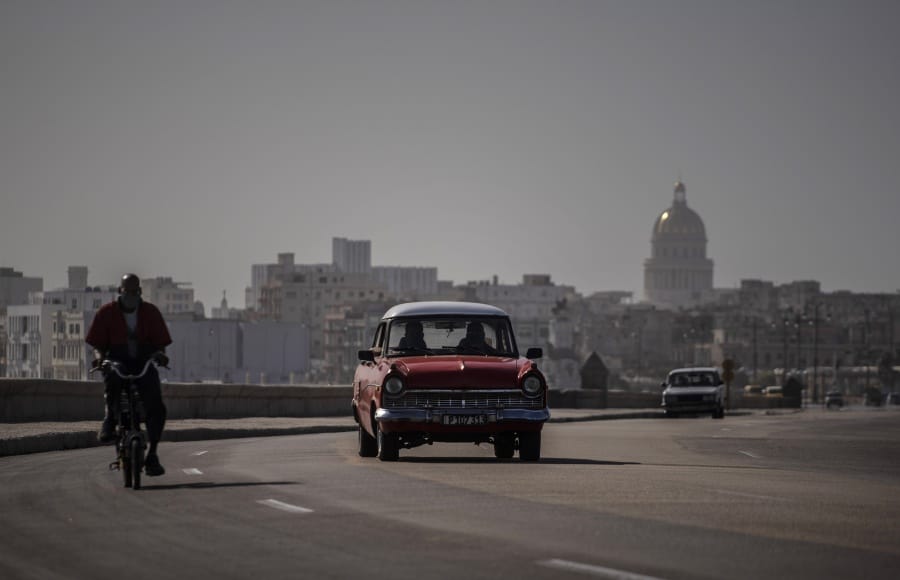MIAMI — Scientists have been monitoring atmospheric dust on the easternmost Caribbean island of Barbados since 1965. The plume currently drifting over the Caribbean into the Gulf of Mexico is like nothing they’ve ever seen.
In Haiti, fully cloaked this week under a cloud of hot Saharan dust, residents reported the panoramic view of the capital, Port-au-Prince, had vanished. The gray haze also has brought a particular smell, like stepping into a wood shop. With the declining air quality, health agencies throughout the Caribbean have urged residents to take precautions and stay indoors if they have a respiratory or related illness.
“This is one of the most intense dust events that we’ve ever seen in that area,” said Joseph Prospero, emeritus professor at the University of Miami Rosenstiel School of Marine and Atmospheric Science. Prospero founded the observatory in Barbados where they measured the record-breaking plume. He started measuring dust from the Rosenstiel campus on Virginia Key in Miami in 1974.
Forecasts for now predict South Florida will avoid the worst of the annual atmospheric event but may see the edge of the plume after it turns east and heads over the southeastern U.S.
The dust can impact health because its small size means it can get into people’s lungs and potentially the bloodstream. About a third to a half of Saharan dust particles are smaller than the fine particle classification of 2.5 micrometers, or roughly 40 times smaller than a grain of fine beach sand.
Early in the week, a thick haze blanketed Jamaica and temperatures hit a scorching 102.2 Fahrenheit.
The country’s health minister, Christopher Tufton, tweeted, “As we struggle to deal with the health impact of the Saharan dust over Jamaica, let us also remind ourselves that there is life saving value in this natural (phenomenon).”
One upside of such dust clouds is that they historically have tamped down the formation of tropical storms and hurricanes in the Caribbean, at least temporarily. The dust clouds can also create sunsets of vibrant color.
The Saharan dust consists of tiny mineral particles picked up from North Africa and carried by winds across the Atlantic Ocean, about a mile above sea level. The dust migrates each year, reaching South America in winter and Central and North America in summer, but the amount of particles in this dust plume is unprecedented in the Caribbean.
Long-term records from Barbados and Miami can be valuable for figuring out how climate conditions might influence these dust plumes, but the current plume is still a bit of a mystery.
“There’s still a lot we don’t understand about how climate affects the dust transport,” said Cassandra Gaston, an assistant professor at the University of Miami Rosenstiel School. Droughts in Africa and climate cycles like El Nino and La Nina can affect how much dust makes it across the ocean, she said.



